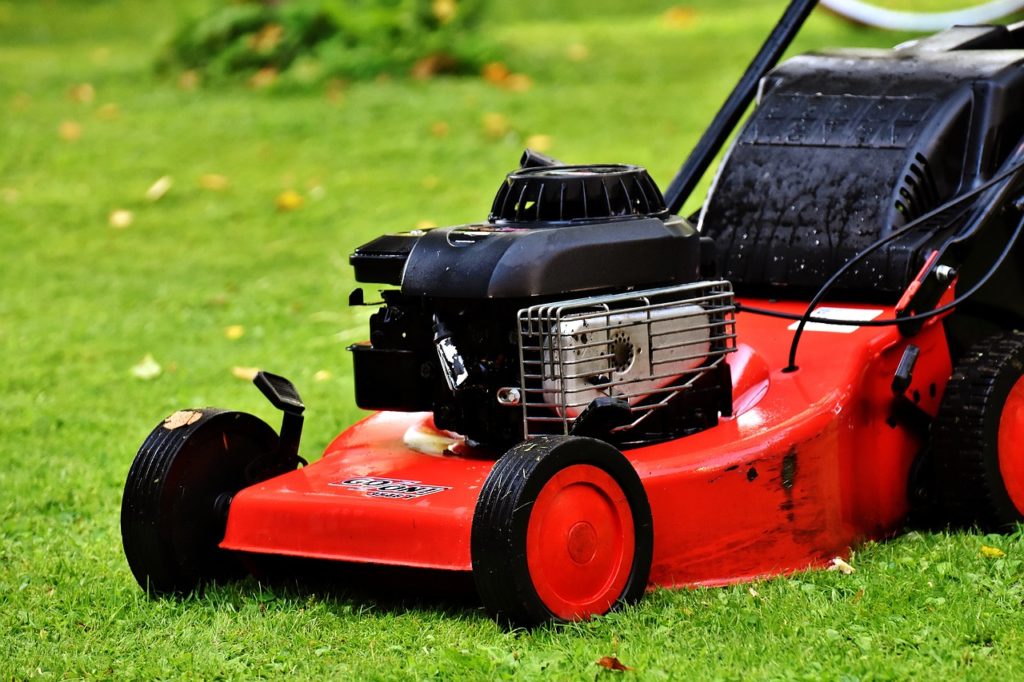Changing your lawn mower oil is one of the important routine maintenance practices that help extend the life of your machine and also improve its performance. Like any engine, a lawn mower’s engine has many moving parts that get hot due when moving at extremely high speeds. That’s why the engine requires oil to cool and lubricate the moving parts.
After some time the oil gets dark from dirt and air in the crankcase. When oil turns dark, it’s not only dirty but it has lost much of its coating ability that protects engine parts. As a result, the engine is susceptible to corrosion and may break down.
Not sure how to change the oil in your lawn mower? Here’s a step to step guide on how to change lawn mower oil the right way:
When to Change Lawn Mower Oil
First, you need to know when it is the right time to change your lawn mower oil. Ideally, you should change the oil;
⦁ At the end of every mowing season or after every 50 hours of cutting.
⦁ After the first five hours of mowing if you have a new lawn mower engine.
However, the frequency can change depending on several factors. For instance, you will need to change the oil more often if you’re mowing in tough conditions like dusty environments, wet grass, hilly terrains, and high temperatures.
A rule of thumb is to check oil levels after several hours of continuous use to determine the best time to change the oil.
How to Check Lawn Mower Oil
To accurately determine the right time to change lawn mower oil, be sure to check the oil when the engine is cold.
You do this by removing the dipstick and wiping it clean and then inserting it inside the engine. Typically, the oil level should be between the two marks on the dipstick.
Also, your lawn mower oil should be yellow or amber in color. So, if the oil is dark in color, it would be best to replace it with fresh oil.
How To Change Lawn Mower Oil
Follow the following steps to change your lawn mower oil:
⦁ The first step is to know how you’re going to drain the old oil currently in your lawn mower. You can do this using an oil extractor tool, a dipstick tube, or even a drain plug.
⦁ Before draining the oil, run the engine for approximately 5 to 15 minutes to make the oil less viscous and easier to drain.
⦁ Turn off your mower and remove the spark plug from the engine.
⦁ Then, drain the old oil by unscrewing the drain plug underneath the sump. To access the drain plug, tilt your lawn mower slightly.
⦁ Insert an oil extractor and place an oil pan in place that will catch the old oil draining from the lawn mower.
⦁ Once you’ve removed all the contaminated oil, replace the drain plug in place without over-tightening it.
⦁ You can choose to recycle it yourself or take it to your nearest dealership for recycling.
⦁ Fill the engine with clean, new oil usually recommended by the manufacturer on the operator’s manual.
⦁ After you’re done filling the engine with the new oil, put back the dipstick in the tube and ensure it’s at the ideal level.
⦁ Finally, screw on the dipstick cap and reconnect the spark plug in place.
Replacing contaminated oil with new oil can help coat and protect your lawn mower’s engine components against friction and corrosion and improve its longevity and performance in the long run.



